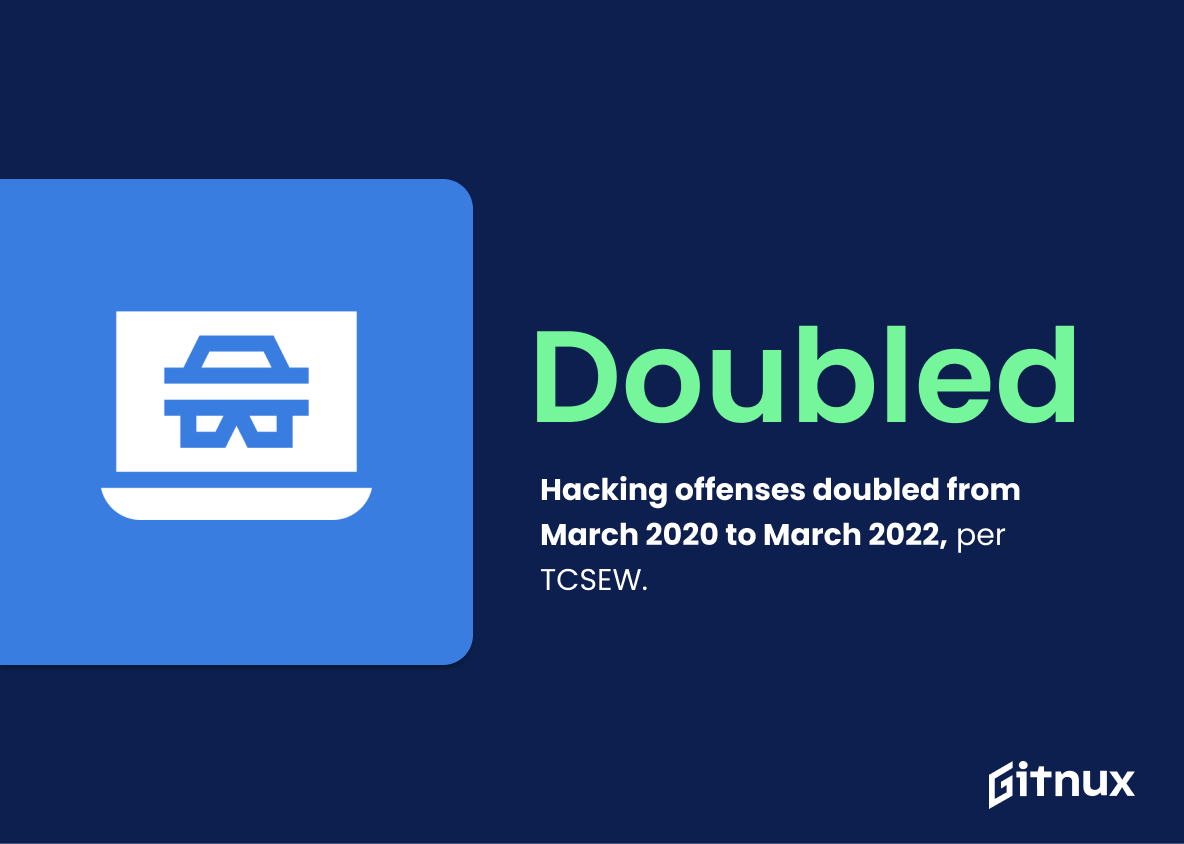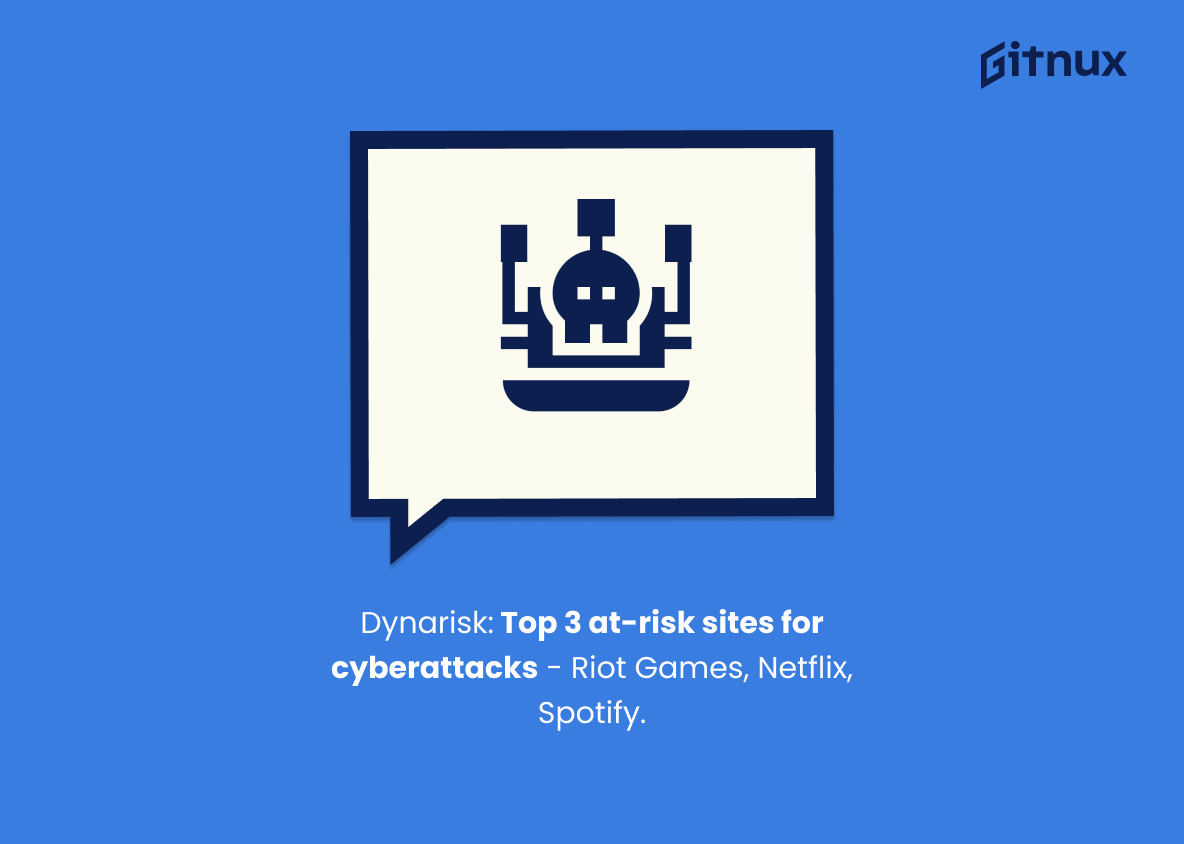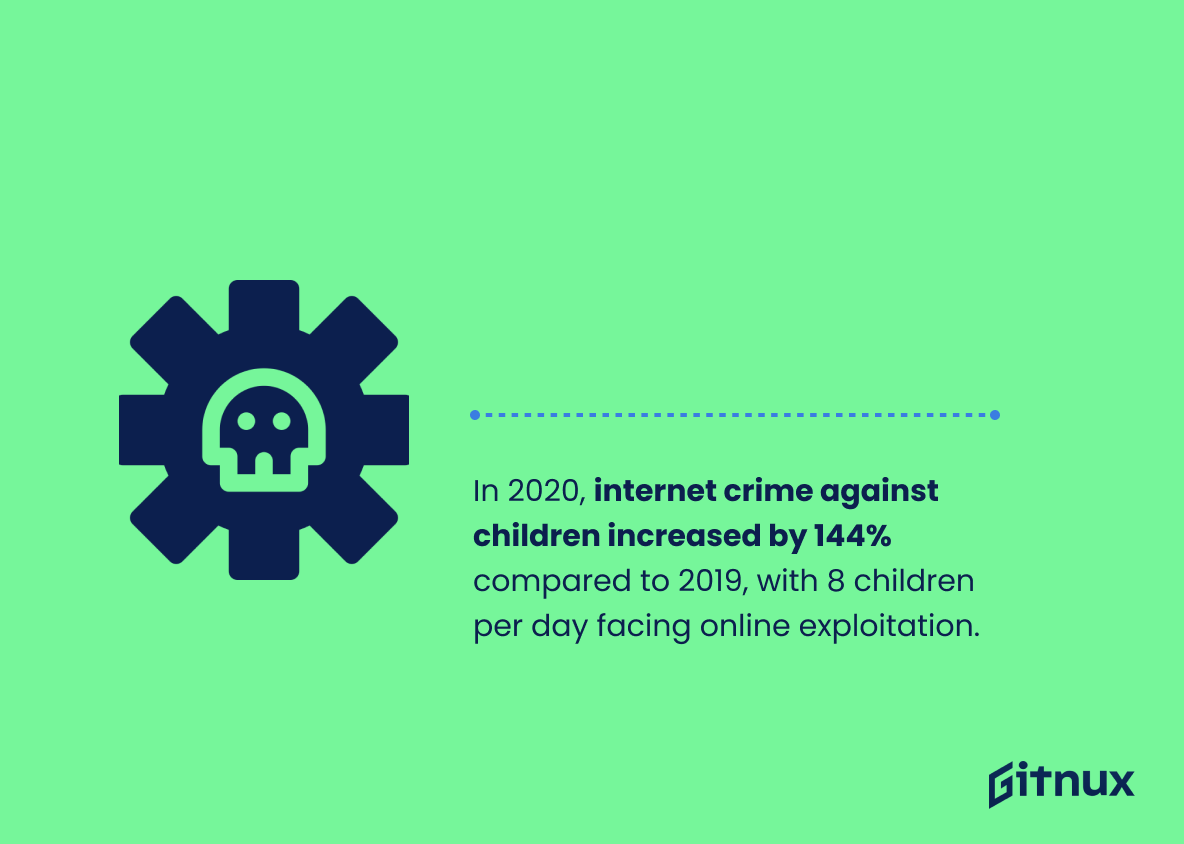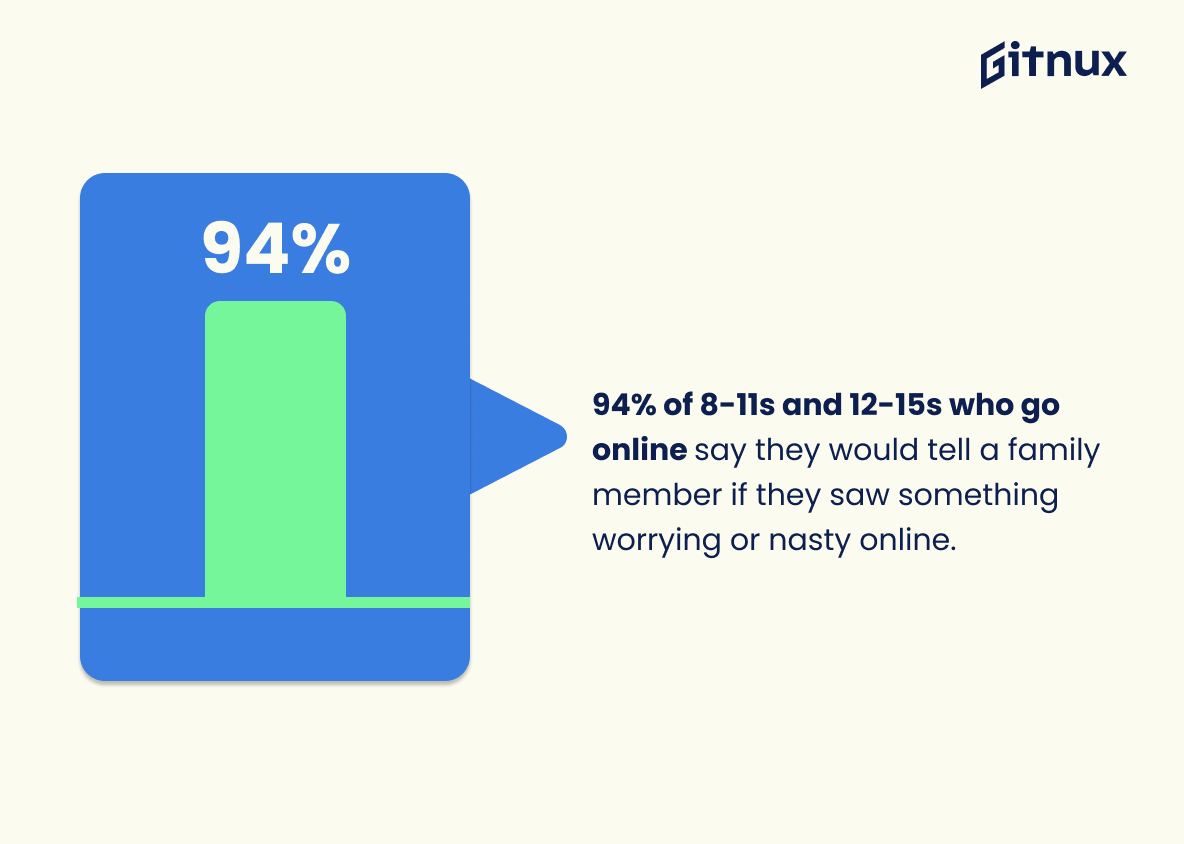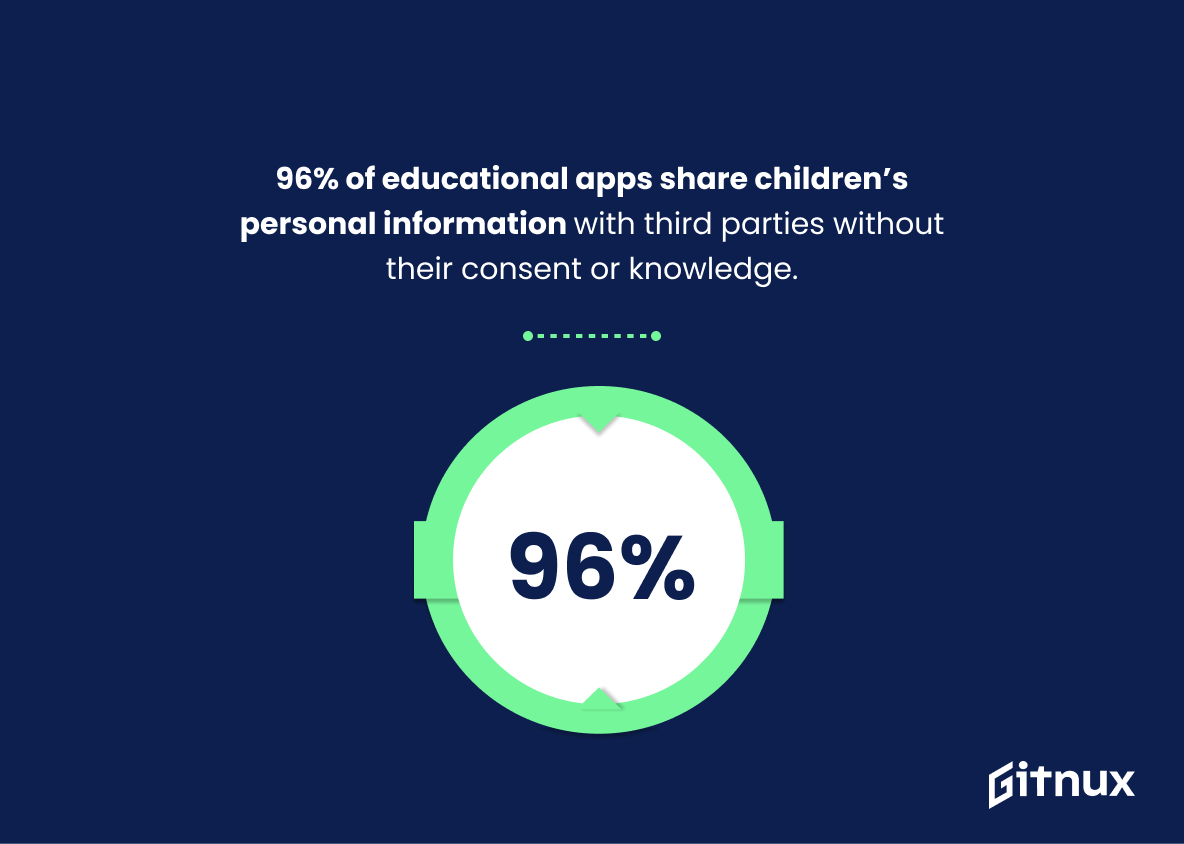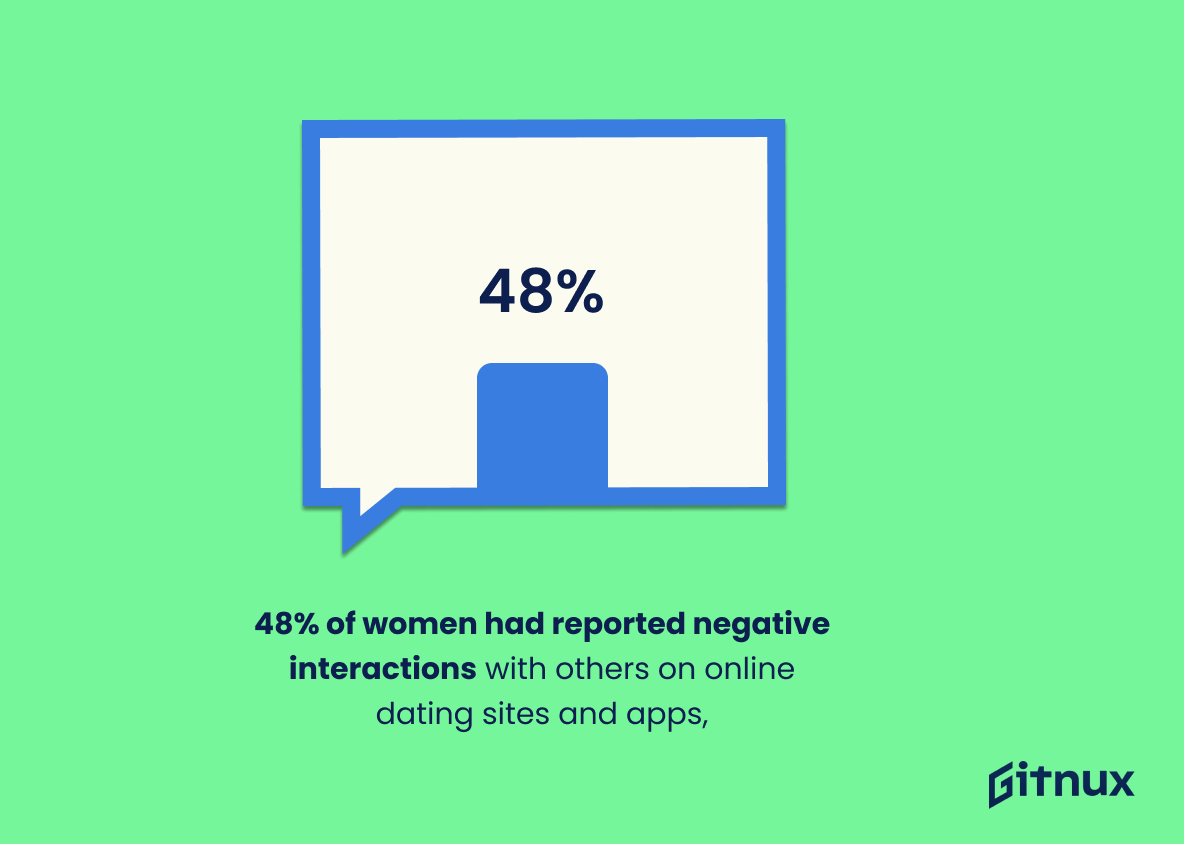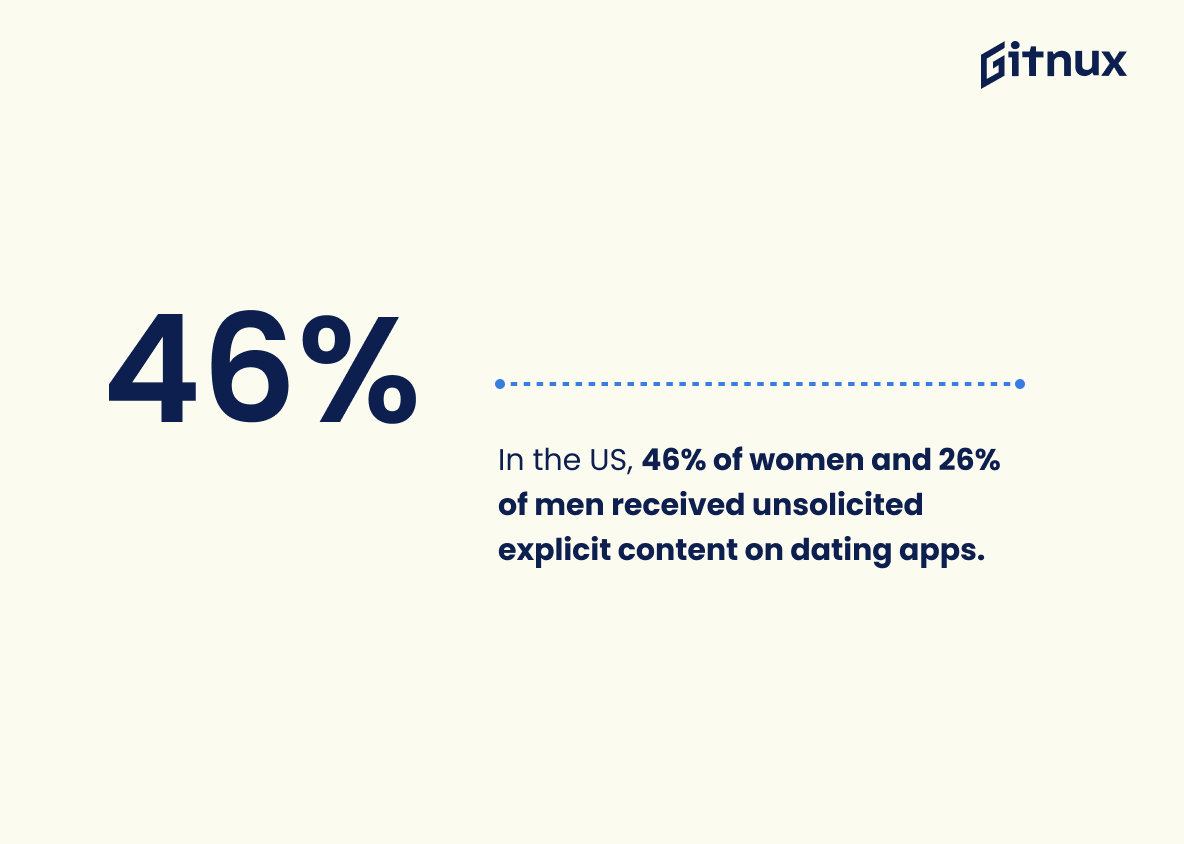Online safety is a growing concern for parents, educators, and the public at large. With the rise of the internet and the prevalence of social media, it is more important than ever to be aware of the risks associated with online activity.
This article will explore the latest online safety statistics, highlighting the most important data points to help you stay informed and safe online. We will also discuss the implications of these statistics and what they mean for our online safety.
Online Safety: The Most Important Statistics
96% of educational apps share children’s personal information with third parties without their consent or knowledge.
46% of women and 26% of men have reported receiving explicit messages or images without asking for them on online dating sites and apps in America.
Online Safety: Statistics Overview
Hacking offences more than doubled in the year ending March 2022 compared to the year ending March 2020 according to the TCSEW.
This highlights the need for increased vigilance and security measures to protect against cybercrime.
It also shows the importance of collecting data from victims of cybercrime in order to better understand the scope and nature of the problem.
Dynarisk’s research found that Riotgames, Netflix and Spotify were the top 3 sites most at risk from a cyberattack, according to their analysis of popular hacking tools.
This provides insight into which sites are most vulnerable to cyberattacks, and thus which sites should prioritize security measures to protect their users.
In 2020, internet crime against children increased by 144% compared to 2019, with 8 children per day facing online exploitation.
This highlights the need for increased awareness and education about online safety for children, as well as the need for more effective measures to protect children from online exploitation.
94% of 8-11s and 12-15s who go online say they would tell a family member if they saw something worrying or nasty online.
Children are aware of the risks and dangers of the internet and are likely to tell a family member if they come across something worrying or nasty online.
This suggests that family members are playing an important role in educating children about online safety and helping them to stay safe online.
96% of educational apps share children’s personal information with third parties without their consent or knowledge.
Children’s personal information is being shared without their knowledge or consent, which poses privacy and safety risks to them and their families.
The Uk Safer Internet Centre ranks 14,000 schools on online safety and finds a correlation between those that score highly and those that perform well.
There is a direct link between schools that are highly engaged in online safety and those that perform well.
This suggests that online safety is an important factor in student performance and that more support is needed in many parts of the country to ensure that students are safe online.
48% of women had reported negative interactions with others on online dating sites and apps, which is a concerning statistic that highlights the importance of online safety.
46% of women and 26% of men have reported receiving explicit messages or images without asking for them on online dating sites and apps in America.
Women are more likely to experience online harassment, and that online dating sites and apps should be aware of this and take steps to ensure the safety of their users.
19% of children aged 10-15 in England and Wales experienced at least one type of online bullying behaviour in the year ending March 2020.
This highlights the prevalence of cyberbullying among children and the need for increased awareness and education around online safety.
It also demonstrates the need for further research into the impact of cyberbullying on young people and the development of strategies to reduce the prevalence of cyberbullying.
10% of children aged 10-15 experienced cyberbullying, making it the two most common online bullying behaviour.
This important as it highlights the prevalence of cyberbullying among children and the need for online safety measures to be taken to protect them.
It also shows the need for further research into the issue and for more effective strategies to be developed to combat cyberbullying.
Conclusion
In conclusion, online safety is an important issue that needs to be addressed. The statistics presented in this blog post demonstrate the prevalence of online safety issues, and the need for more education and awareness.
It is important for everyone to take steps to protect themselves online, and to be aware of the potential risks. By understanding the risks and taking the necessary precautions, we can all help to make the internet a safer place.
References
1 – https://www.ons.gov.uk/peoplepopulationandcommunity/crimeandjustice/articles/natureoffraudandcomputermisuseinenglandandwales/yearendingmarch2022
2 – DynaRisk
3 – 2020_IC3Report.pdf
4 – https://www.ofcom.org.uk/__data/assets/pdf_file/0034/93976/Children-Parents-Media-Use-Attitudes-Report-2016.pdf
5 – https://internetsafetylabs.org/blog/news-press/isl-research-reveals-96-of-school-apps-send-student-data-to-third-parties/
6 – https://saferinternet.org.uk/blog/new-data-thousands-of-schools-need-more-help-to-tackle-online-safety-effectively
7 – https://www.pewresearch.org/fact-tank/2020/03/06/young-women-often-face-sexual-harassment-online-including-on-dating-sites-and-apps/
8 – https://www.pewresearch.org/fact-tank/2020/03/06/young-women-often-face-sexual-harassment-online-including-on-dating-sites-and-apps/
9 – https://www.ons.gov.uk/peoplepopulationandcommunity/crimeandjustice/bulletins/onlinebullyinginenglandandwales/yearendingmarch2020
10 – https://www.ons.gov.uk/peoplepopulationandcommunity/crimeandjustice/bulletins/onlinebullyinginenglandandwales/yearendingmarch2020
ZipDo, cited June 2023: Online Safety Statistics
